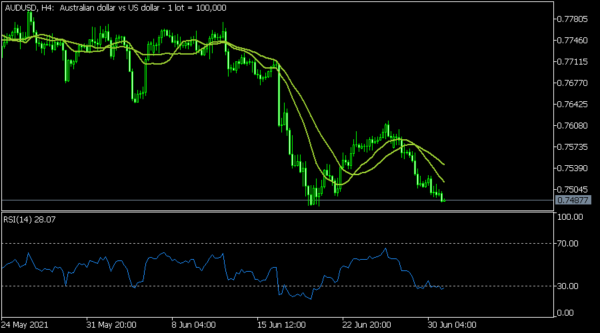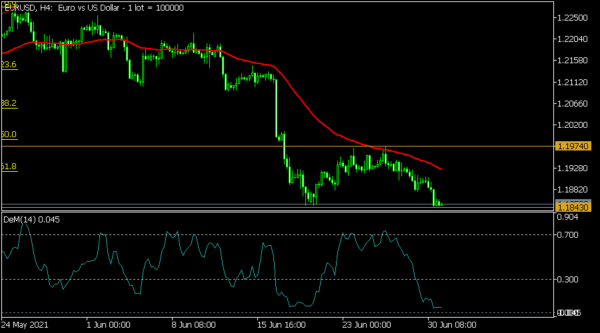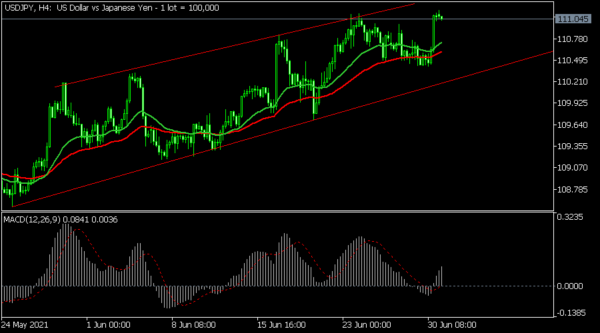The Japanese yen dropped earlier today after mixed economic data from the country. According to the Bank of Japan’s Tankan survey, the manufacturers’ index rose from 5 in Q4 to 14 in the Q1. This increase was lower than the median estimate of 15. Similarly, the large non-manufacturers index rose from -1 to 1 while big industry CAPEX increased from 3.0% to 9.6%. Meanwhile, data by Markit showed that the manufacturing PMI declined from 53.0 in May to 52.4 in June. In all, these numbers show that the country’s economy is in a slower recovery than in other countries like the US.
The Australian dollar retreated slightly against the US dollar after strong economic data from Australia. According to the Australian Industry Group (AIG), the manufacturing index increased from 61.8 in May to 63.2 in June. Another survey by Markit showed that the PMI fell from 60.4 in May to 58.6. Meanwhile, the country’s trade volume increased in May. Exports rose from 3% to 6% while imports increased from -3% to 3%. That pushed the total trade surplus from more than A$8 billion to A$9.68 billion. The biggest risk for the Australian economy is the ongoing lockdown to curb the spread of the delta variant.
The economic calendar will be relatively eventful today. Markit will publish the latest global manufacturing PMI data. The ones to watch will be from the Eurozone, the UK, and the US. Earlier today, data showed that the Chinese manufacturing PMI declined from 52.0 to 51.3. Other key economic numbers scheduled for today are the German retail sales numbers. Switzerland will publish the latest inflation and retail sales numbers while the Bank of England (BOE) governor, Andrew Bailey will deliver a speech. These numbers will come a day before the US publishes its non-farm payrolls data.
AUDUSD
The AUDUSD is approaching a key level of support after the latest Australia and China PMI data. The pair is trading at 0.7488, which is substantially lower than last week’s high of 0.7615. The pair has moved below the 25-day and 15-day moving average on the four-hour chart and is approaching the important support at 0.7477. Oscillators like the RSI and MACD are also dropping. Therefore, while the pair will likely keep falling, there is a possibility that it will have a relief rally as it approaches the key support at 0.7478.
EURUSD
The EURUSD pair declined to 1.1840 in early trading. This was the lowest level it has been since April 2. On the four-hour chart, the pair has formed a small, inverted cup and handle pattern. It has also dropped below the 25-day and 15-day moving averages. It is also slightly below the 61.8% Fibonacci retracement level while the DeMarker indicator has dropped to the oversold level. The path of least resistance for the pair is lower, though a pullback is also possible.
USDJPY
The USDJPY pair rose to an intraday high of 111.15 after the latest data dump from Japan. This price was below the upper side of the ascending channel. It has also moved slightly above the short and longer moving averages while the signal and histogram of the MACD are above the neutral level. Therefore, the pair may keep rising later today.

















